7 Ways to Discover Alien Planets
Finding Alien Worlds
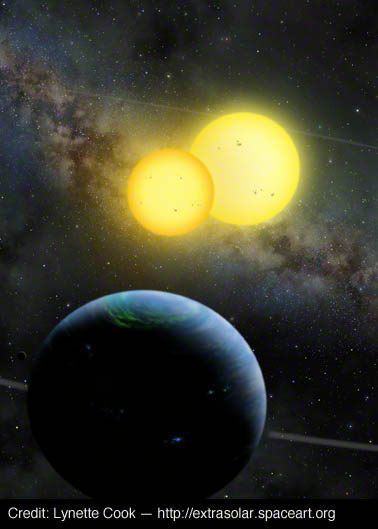
Scientists have discovered more than 4,000 alien planets since spotting the first ones orbiting a star beyond our sun back in 1992. Here's a brief rundown of the main techniques they use to find these far-flung worlds.
FIRST STOP: The Transit Method
Old Faithful: The Transit Method
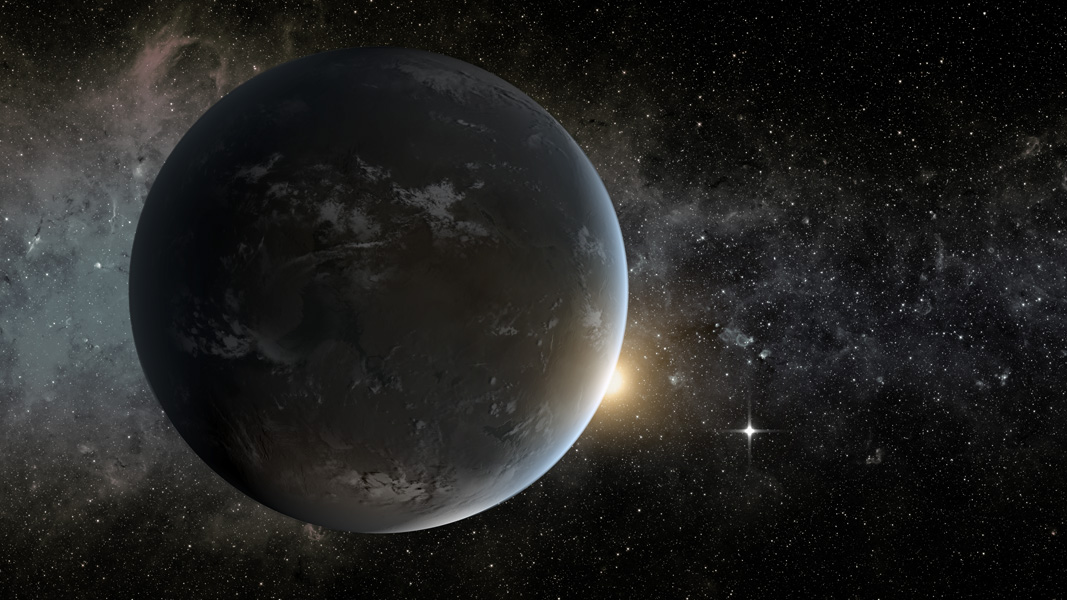
This technique watches for the tiny, telltale dips in a star's brightness caused when a planet crosses (or transits) the star's face, blocking some of its light. NASA's Kepler spacecraft has employed this method to great effect, spotting more than 2,700 potential planets since its March 2009 launch.
Astronomers also look for variations in the timing of a particular planet's transit, because these can reveal the presence of additional worlds orbiting the same star.
NEXT: Wobbling Stars
Wobbling Stars: Radial Velocity
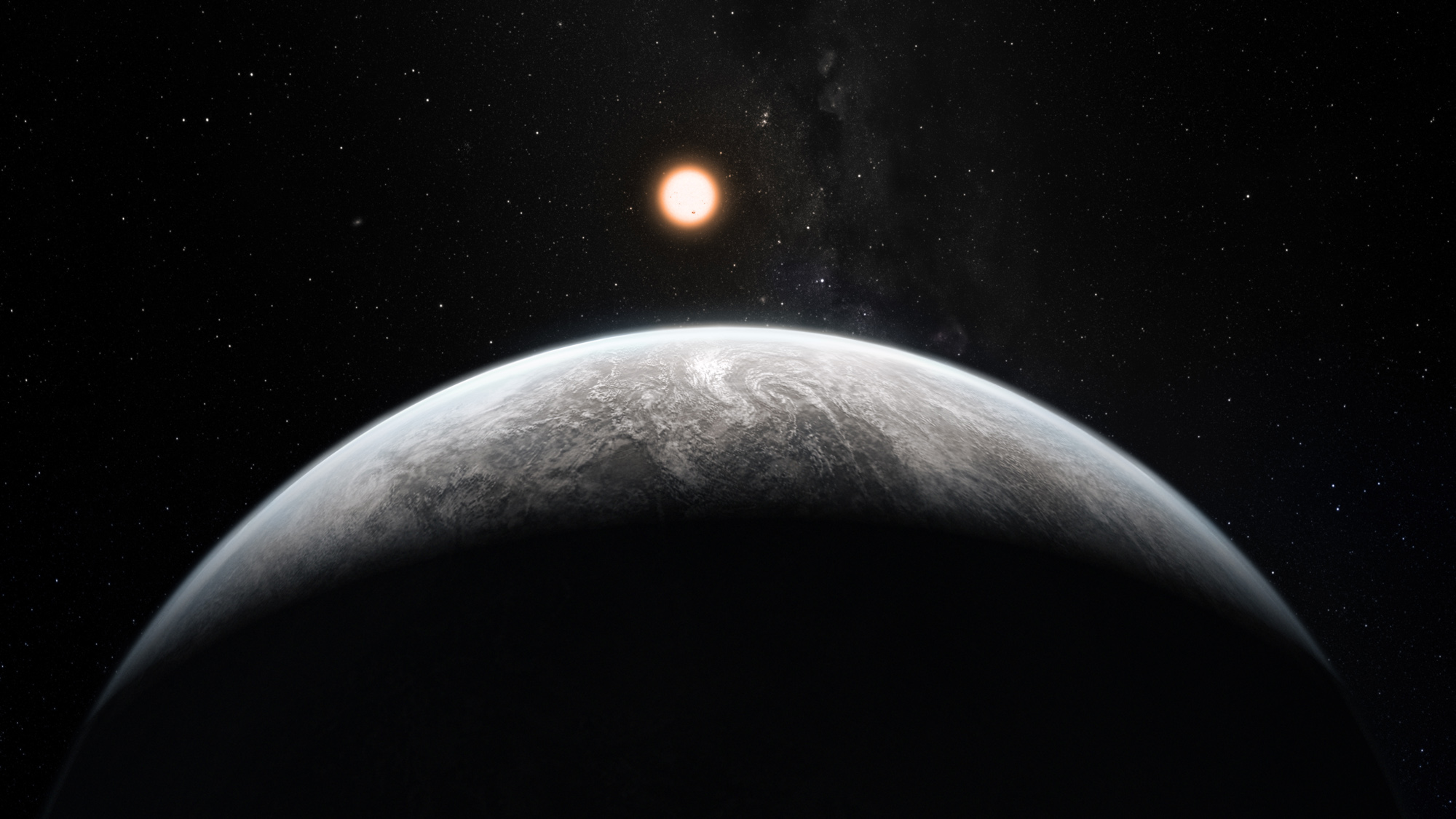
The radial velocity method picks up on the tiny wobbles an orbiting planet induces in its parent's star's motion toward or away from Earth. This technique is also known as the Doppler method because it measures shifts in the star's light caused by these gravitational tugs.
Several teams of astronomers have discovered many exoplanets using this method and such Earth-based instruments as the HARPS spectrograph, on a telescope at the European Southern Observatory's La Silla Observatory in Chile, and the HIRES spectrograph, on Hawaii's Keck telescope.
NEXT: Gravitational Microlensing
Gravitational Microlensing
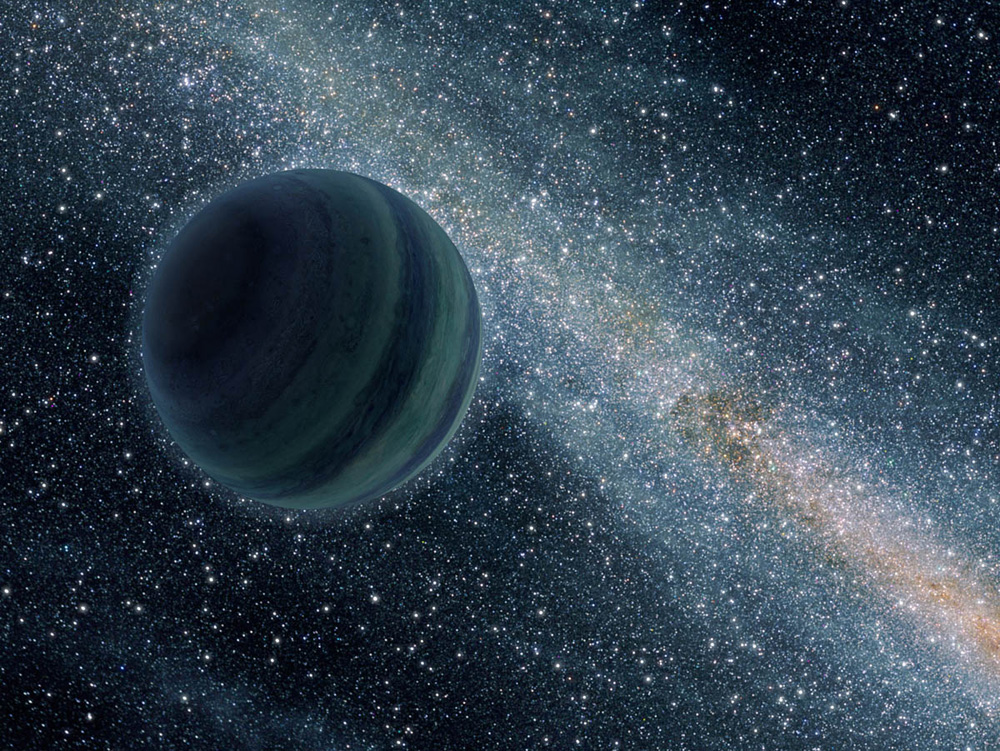
In gravitational microlensing, astronomers watch what happens when a massive object passes in front of a star from our perspective on Earth. The nearby object's gravitational field bends and magnifies the light from the distant star, acting like a lens.
This produces a light curve — a brightening and fading of the faraway star's light over time — whose characteristics tell astronomers a lot about the foreground object, which is often a star. If this star has any planets, these can generate secondary light curves, alerting researchers to their presence.
Gravitational microlensing is less biased toward planets that orbit relatively far from their stars than the transit or radial velocity methods. Researchers have even used it to find so-called "rogue planets," which cruise through the depths of space without a parent star.
NEXT: Direct Imaging
Say Cheese! Direct Imaging
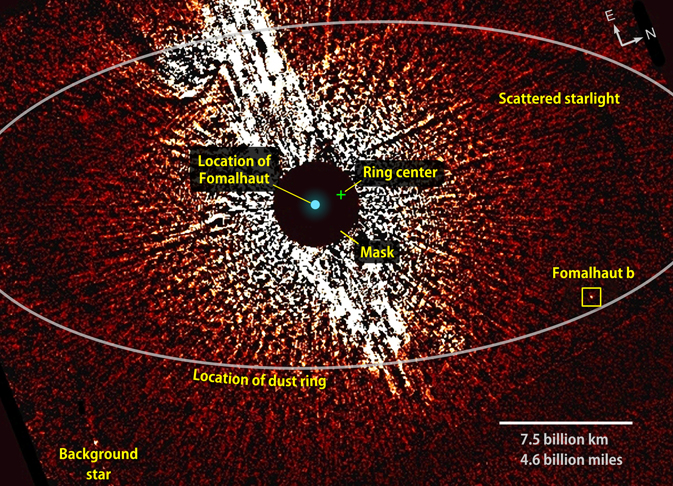
This one is pretty self-explanatory. Powerful telescopes get actual images of distant worlds, using instruments called coronagraphs to block out the overwhelming glare of their parent stars.
NASA's Hubble Space Telescope has spotted planets by direct imaging, as have Hawaii's Keck Observatory, the European Southern Observatory's Very Large Array in Chile and several other telescopes.
NEXT: Pulsar Timing
Pulsar Timing
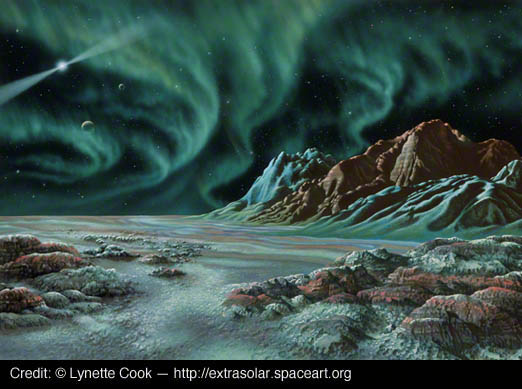
This one is specific to planets around pulsars, tiny, superdense remnants of exploded stars that emit radio waves at regular intervals as they rotate.
Anomalies in the timing of these radio pulses can reveal the presence of orbiting planets. The first worlds ever discovered beyond our solar system were found using this method back in 1992.
NEXT: Harnessing Special Relativity
Harnessing Special Relativity

In this new technique, astronomers watch for a star to brighten as it's tugged by an orbiting planet, causing photons to "pile up" in energy and light to be focused in the direction of the star's motion due to relativistic effects.
The planet Kepler-76b (also known as "Einstein's planet") was discovered via this method, then confirmed by radial velocity measurements. More such detections are likely to follow as researchers hone the technique.
NEXT: Astrometry
Astrometry
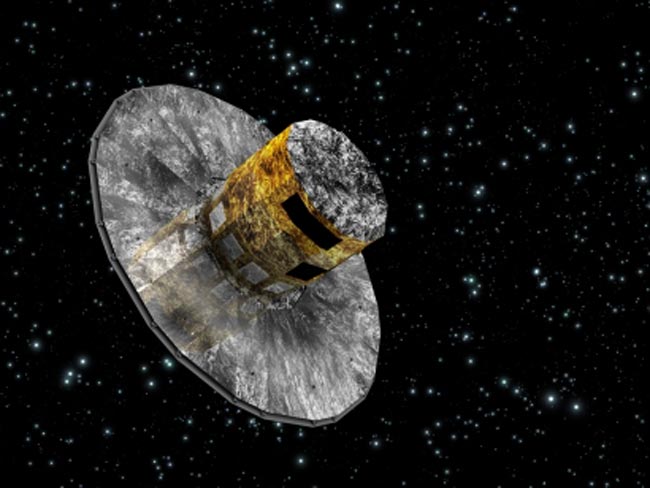
Astrometry relies on the ultraprecise tracking of a star's movements on the sky to spot the gravitational tugs of orbiting planets. (It's similar in principle to the radial velocity method but doesn't measure the Doppler shifts in a star's light.)
Scientists have searched for alien planets using astrometry for decades, with very limited (and debatable) success. But the European Space Agency's Gaia mission, set to launch in October 2013, could spot tens of thousands of exoplanets using the technique, researchers say.
Join our Space Forums to keep talking space on the latest missions, night sky and more! And if you have a news tip, correction or comment, let us know at: community@space.com.
Get the Space.com Newsletter
Breaking space news, the latest updates on rocket launches, skywatching events and more!

Michael Wall is a Senior Space Writer with Space.com and joined the team in 2010. He primarily covers exoplanets, spaceflight and military space, but has been known to dabble in the space art beat. His book about the search for alien life, "Out There," was published on Nov. 13, 2018. Before becoming a science writer, Michael worked as a herpetologist and wildlife biologist. He has a Ph.D. in evolutionary biology from the University of Sydney, Australia, a bachelor's degree from the University of Arizona, and a graduate certificate in science writing from the University of California, Santa Cruz. To find out what his latest project is, you can follow Michael on Twitter.
